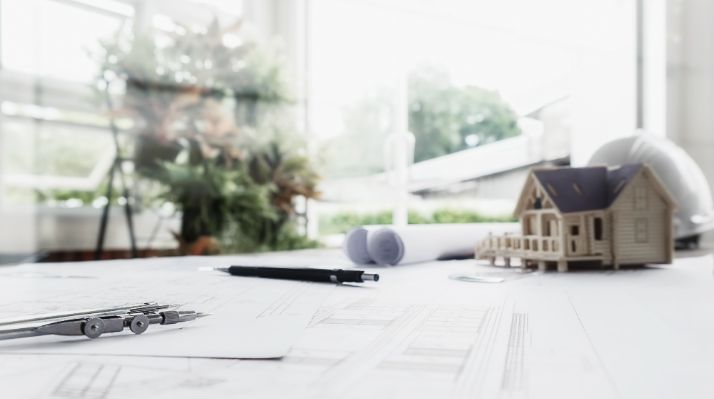
Transforming Spaces: The Benefits and Challenges of Adaptive Reuse in Commercial Residential Living
As urban landscapes evolve and the demand for sustainable development grows, adaptive reuse has become a popular strategy for revitalizing aging structures. In the realm of commercial residential living, the advantages of adaptive reuse are particularly pronounced. Transforming unused buildings into vibrant residential communities allows for developers to greatly reduce their construction costs while also providing potential occupants a site with valuable history and aesthetics. However, this innovative trend demands a delicate balance between preserving historical integrity and meeting modern living standards, leading to a few difficulties as well. In this article, we explore the multifaceted benefits and challenges encountered in adaptive reuse for commercial residential purposes.
The Benefits of Adaptive Reuse:
1. Cost-Effective Redevelopment: One of the foremost benefits of adaptive reuse in commercial residential living is its inherent cost-effectiveness. Repurposing existing structures (often scheduled for demolition) can be considerably more economical than constructing new buildings from the ground up. Developers can breathe life back into an unused building, thereby reducing the expenditure needed for raw materials or labor. In many cases, these structures are also stronger than the majority of modern architecture, especially when built with sturdier materials such as stone. Saving money on more formidable construction while minimizing the overall carbon footprint of the project is a vital benefit for developers. Investors can also profit from adaptive reuse through numerous financial incentives such as the Federal Historic Tax Credit, which deducts 20% of the project’s qualified cost from federal income liability. Stacking this with additional state-funded tax credit can allow for significant savings and maximized ROI.
2. Community Revitalization: Transforming historical sites into residential living areas contributes to the revitalization of urban communities. The infusion of new residents brings increased foot traffic to local businesses, stimulates economic activity, and fosters a sense of community. Adaptive reuse projects often become catalysts for positive change, transforming neglected areas into vibrant, livable neighborhoods. Many times, the locations are already in highly desirable areas, so residents are immediately connected to the city life, gaining efficient access to public transportation and urban attractions. When the buildings have significant historical value, repurposing them ensures that their stories continue by fusing history and modernity in a unique way. This method offers residents a unique connection to the past while enjoying the comforts of contemporary living.
3. Faster Project Timelines: Compared to the often protracted process of constructing new buildings, adaptive reuse projects benefit from the existing infrastructure, enabling a more streamlined development process. As such, these projects often have shorter timelines. Leveraging the existing building shell accelerates the development process, allowing for a quicker turnaround from concept to completion. With the time for planning and construction minimized, this efficiency can be particularly advantageous in meeting urgent housing needs or rejuvenating neglected urban spaces promptly.
The Challenges of Adaptive Reuse:
Despite the numerous benefits, a few difficulties still emerge in planning adaptive reuse. For one, reusing commercial spaces for residential use often involves navigating complex zoning regulations. Local authorities may have stringent guidelines designed for specific property uses, requiring developers to engage in a dialogue with regulatory bodies to secure necessary approvals and waivers. Commercial structures are typically designed with different considerations than residential buildings, which may necessitate significant structural modifications to ensure compliance with safety codes. For example, older buildings with dated fire safety systems would need to be redone to meet modern standards. Retrofitting these spaces to fulfill the needs of a residential community may present further challenges in creating accessible common areas and integrating essential amenities. Developers must carefully plan to ensure that the transformed spaces cater to the diverse needs of residents.
Adaptive reuse in commercial residential living holds immense promise in creating sustainable, vibrant communities. The benefits, from architectural preservation and sustainability to cost-effective community revitalization, make it an attractive option for developers and urban planners. However, addressing challenges such as regulatory complexity requires a strategic and collaborative approach. If a developer navigates these hurdles properly, adaptive reuse projects can play a pivotal role in shaping the future of urban living.